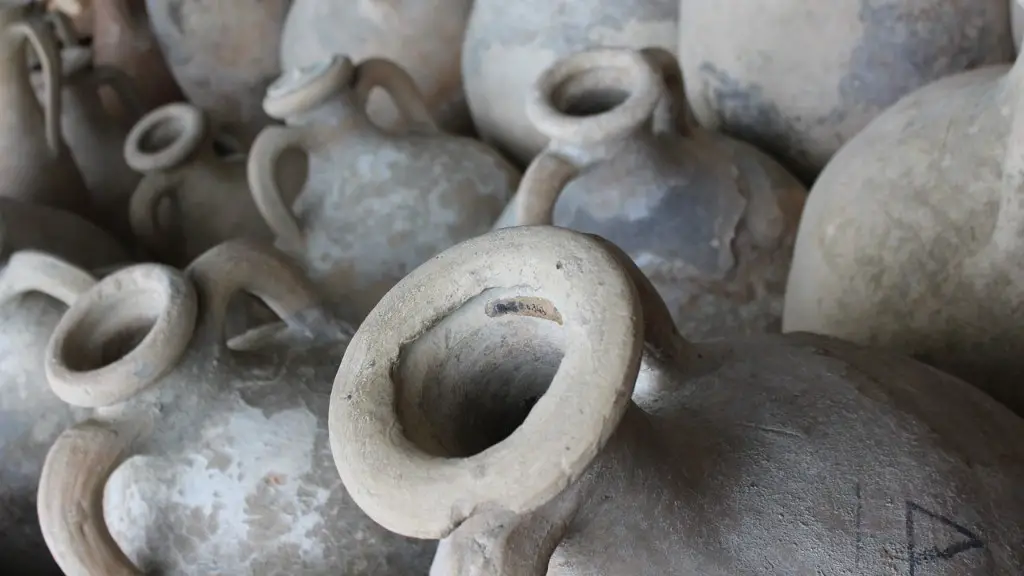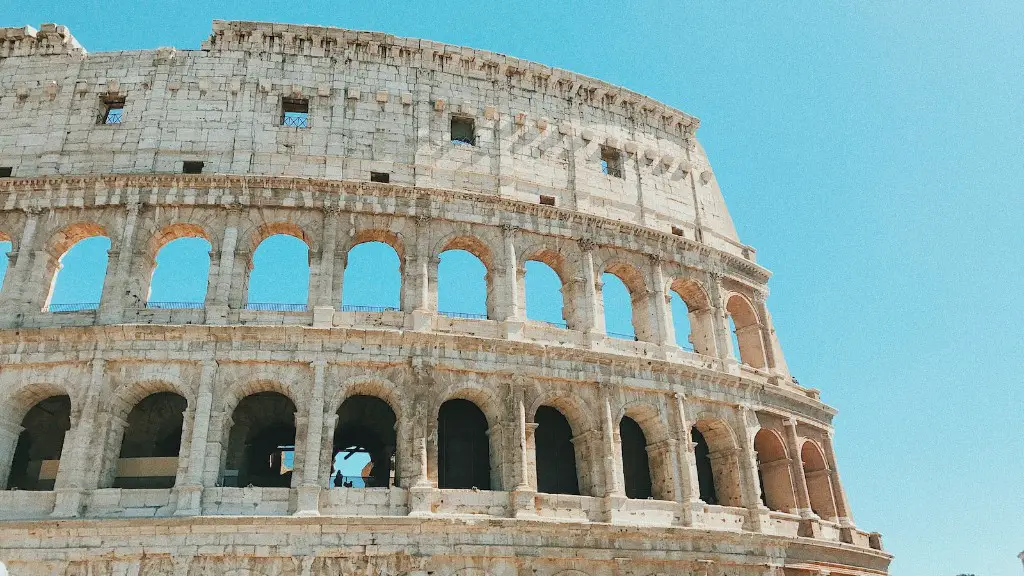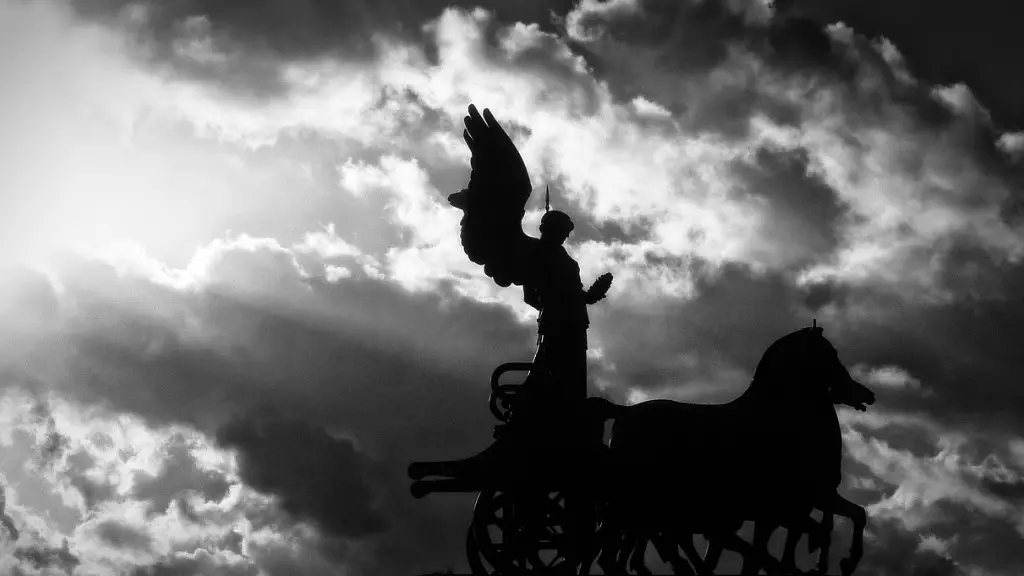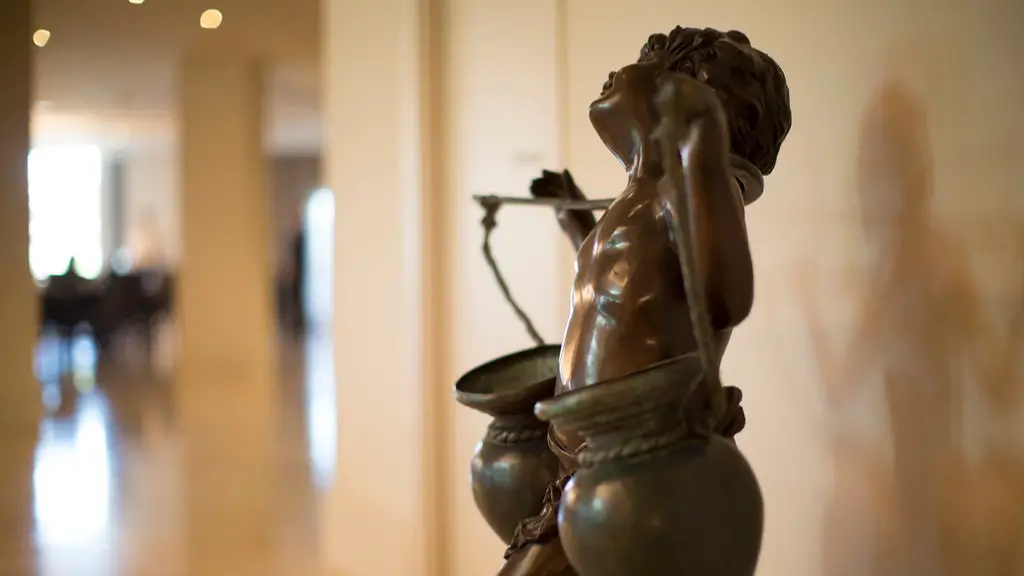The Centuriate was the primary voting body in ancient Rome. It was organized into groups of 100 citizens, or centuries, each of which voted as a unit. The Centuriate was used to elect candidates for the Senate and to pass laws.
The Centuriate Assembly was one of the three principal assemblies in the Roman Republic,the others being the Tribal Assembly and the Curiate Assembly. It convened in the Comitium on the Mons Sacer and was attended by both patricians and plebeians. The Centuriate Assembly consisted of centuriae, or voting units representing military units of 100 men each. Each unit voted as a single block, and each voter cast a single vote for the entire unit. The Centuriate Assembly is best remembered for its role in the Roman transition from Republic to Empire.
What was the Comitia Centuriata in ancient Rome?
The Comitia Centuriata was an ancient Roman military assembly that was instituted in 450 BC. It decided on war and peace, passed laws, elected consuls, praetors, and censors, and considered appeals of capital convictions.
The Centuriate Assembly was a Roman political institution that was responsible for electing the Roman Consuls (the chief magistrate of the republic), as well as Praetors and Censors. It could also declare war and ratify the results of a census. However, it rarely passed ordinary laws (leges). The president of the Centuriate Assembly was usually a Roman Consul.
What is the difference between Comitia Curiata and Comitia Centuriata
The Comitia Curiata, Comitia Centuriata, and Concilium Plebis were all ancient Roman assemblies. The Comitia Curiata was composed of 30 curiae, or local groups, drawn from three ancient tribus, or tribes. The Comitia Centuriata consisted of 193 centuries, or military units. The Concilium Plebis was drawn from the ranks of the plebes, or plebeians (common people). These assemblies were responsible for different aspects of Roman government, including legislation, elections, and judicial proceedings.
The Centuriate Assembly was a military assembly in ancient Rome. It was responsible for electing the military tribunes, as well as for voting on military matters. Soldiers were organized into centuries of 100 soldiers, and for each level of wealth a century of older and a century of younger citizens existed. Hence, the Centuriate Assembly was also known as the Military Assembly.
How were the Comitia Centuriata chosen?
The Comitia Centuriata was a voting body in ancient Rome that was organized by century. The voting proceeded from the equites, or the first and wealthiest class, followed by the other four classes. If these groups voted as a block, they constituted a clear majority.
Servius Tullius was the sixth king of Rome and he is known for his reform of the Roman government. He is credited with creating the Comitia Centuriata, which was a new type of assembly that was more representative of the people. This assembly eventually replaced the Curiate Assembly.
What decision was made by the Centuriate Assembly?
The Centuriate Assembly voted to escalate the Roman military commitment since its members wanted the potential riches to be won in war. This initiated the First Punic War, which lasted from 264 to 241 BCE. The Assembly’s decision led to Rome becoming one of the most powerful empires of its time.
The Centuriate Assembly, also known as the Centuriata, was one of the three major assemblies in the Roman Republic. The other two were the Tribal Assembly and the Plebeian Council. The Centuriate Assembly was the primary assembly of the Republic and it had the power to elect the Roman Consuls, Censors, and Praetors. The Senate, the upper class assembly, was also a part of the Centuriate Assembly but it did not have as much power. The Centuriate Assembly was divided into classes based on a person’s wealth and each class was represented by a certain number of centuries (groups of 100 men). The first class, which was the wealthiest, had 80 centuries, the second class had 60 centuries, the third class had 40 centuries, and the fourth class had 20 centuries. The centuries were divided into two groups, the equites (the knights) and the pedites (the foot soldiers). The knights were in the first, second, and third class and the foot soldiers were in the fourth class. The Centuriate Assembly met on the Campus Martius, which was outside of the city walls, and it was presided over by the Consuls.
What is the meaning of comitia
In ancient Rome, plural comitia were public assemblies of the people for legislative, judicial, and electoral purposes. They were a key part of the Roman Republic, and played an important role in the government and politics of Rome.
There were two main types of Roman soldiers: legionaries and auxiliaries. The legionaries were the elite (very best) soldiers. A legionary had to be over 17 years old and a Roman citizen.
What were Roman assembly halls called?
Odeums were multi-purpose buildings in the Roman Empire that were used for everything from assemblies to performances and contests. They were a key part of city life and provided a central gathering place for the community.
The Centuriate Assembly was responsible for the election of the Roman consuls. Patricians consisted of wealthy landowners and descendents of Rome’s old Roman aristocracy; could serve as members of the Senate.
Why were the 12 tables important
The Twelve Tables were a set of written laws that were created in order to provide equality and civil rights for both the patricians and plebeians. These laws were created in order to prevent abuse of power and to enforce punishment for those who broke the law. Although legal reform occurred soon after the implementation of the Twelve Tables, these ancient laws provided social protection and civil rights for both the patricians and plebeians.
The Centuriate Assembly was one of the three voting assemblies in the Roman constitution. It was named the Centuriate Assembly as it originally divided Roman citizens into groups of one hundred men by classes. The Centuriate Assembly voted on laws and electing magistrates, and also served as a court for capital cases.
Where did the Comitia Curiata meet?
In all its assemblie at Rome, the people remained standing. The original place of meeting was the comitium, a part of the forum. There were three kinds of comitia, viz: (1) The Comitia Curiata
Interestingly, the Roman army had a selection process when recruiting new soldiers for the legions. According to ancient sources, it consisted of a physical, an intellectual and a final legal exam. This was likely done to ensure that only the most capable individuals were accepted into the army. It also ensured that those who were accepted were Roman citizens.
Final Words
A centuriate was a political division of ancient Rome. There were a total of 193 centuriate divisions, each containing 100 citizens. The centuriate divisions were used for military purposes, taxation, and voting.
The centuriate was the primary voting assembly in the Roman Republic and Empire. Its members represented the interests of different social classes in Ancient Rome. The centuriate was also responsible for electing high-ranking officials, such as consuls and praetors. The centuriate was dissolved after the fall of the Roman Empire.





